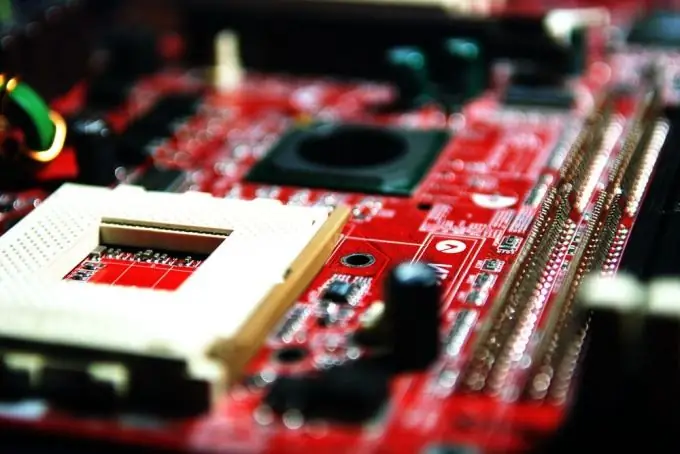When buying a computer, we are interested not only in its design, but also in its performance. For the power of laptops and PCs, their characteristics are responsible. Often, a store consultant gives incorrect information about the values of these characteristics. Therefore, in order to avoid unwanted purchases, it is necessary to be able to determine the characteristics of the computer.

Instructions
Step 1
The main components of a computer, the characteristics of which you need to know, are the processor, operating system, RAM, video card, hard drive, and aggregate performance. It is worth saying that it is best to buy a computer or laptop with a pre-installed system. Most often it is Microsoft Windows (on budget computers - Linux, on Apple computers - MacOS). So you will protect yourself from illegal software and will be able to find out the characteristics of your computer right in the store.
Since more than 90% of the computer electronics market today is equipped with the operating system Microsoft Windows Vista or Microsoft Windows 7, let's look at their example, how to find out the characteristics of a computer. This example can be adapted for earlier OS releases - Windows XP, and systems that will be released in the near future, because all Windows distributions have a similar structure.
The heart of a computer is its processor. To find out everything about the processor, select "Start", enter the word "Run" in the search for programs and files, click the icon that appears and enter "dxdiag" in the line (without quotes). The window that appears will bring up a computer diagnostic tool called DirectX.
On the main tab "System" you will see detailed information about the operating system, including its version, assembly and bitness, information about the manufacturer and model of the computer (system or motherboard), and BIOS.
Next is information about the processor: manufacturer, model, number of cores and frequency per core.
The next line is very important for those who constantly run resource-intensive multitasking applications on their computer. The "Memory" line displays the amount of RAM. At the very bottom is the version of DirectX that is used in computer games.
Step 2
The "Display" tab contains information about the video card. However, the physical memory of the video card is not displayed there. More detailed information about the video card can be found as follows: right-click on the desktop, select "Screen resolution" in the list that appears, click on the "Advanced settings" link. On the "Adapter" tab, you will see the inscription "Video memory in use" - the number opposite this line is the amount of video card memory in megabytes. It also contains all the information about the manufacturer and model of the video card.
Step 3
To find out the hard disk space, go to “My Computer” and find the “(C:)” drive. Right-click on it, select "Properties", and you will see the HDD size and file system type in the window that appears.
Step 4
And finally, to find out the summary of system performance, go to the "My Computer" folder, click "System Properties" on the special panel at the top of the screen. You will see the performance index. Click on it to learn more about how the major parts of your computer were rated.






